Have you ever watched a dog tilt its head, sniff the air, or chase after a mysterious rustle in the bushes? That spark in their eyes isn’t just adorable—it’s the engine that drives their joy, exploration, and, ultimately, their health. A curious pup is a happy, energetic pup, but did you know that curiosity does more than just make dogs playful? It’s at the very heart of what keeps them moving, learning, and alive in every sense of the word. Whether your dog is a couch potato or a backyard explorer, understanding the power of curiosity can transform both your lives in ways you may have never imagined.
The Nature of Canine Curiosity

Dogs are born explorers. From the moment they open their eyes, puppies display a natural urge to investigate the world around them. This curiosity is woven deep into their DNA, a trait inherited from wild ancestors who relied on it for survival. Every new scent, sound, or sight is a puzzle piece that builds their understanding of their environment. Unlike humans, dogs use their noses as much as their eyes, making the world a never-ending adventure. Their curiosity pushes them to sniff out new friends, check every corner of the park, and even tug at that mysterious sock under the couch. It’s this relentless need to know more that keeps them lively and engaged.
Curiosity as a Catalyst for Exercise
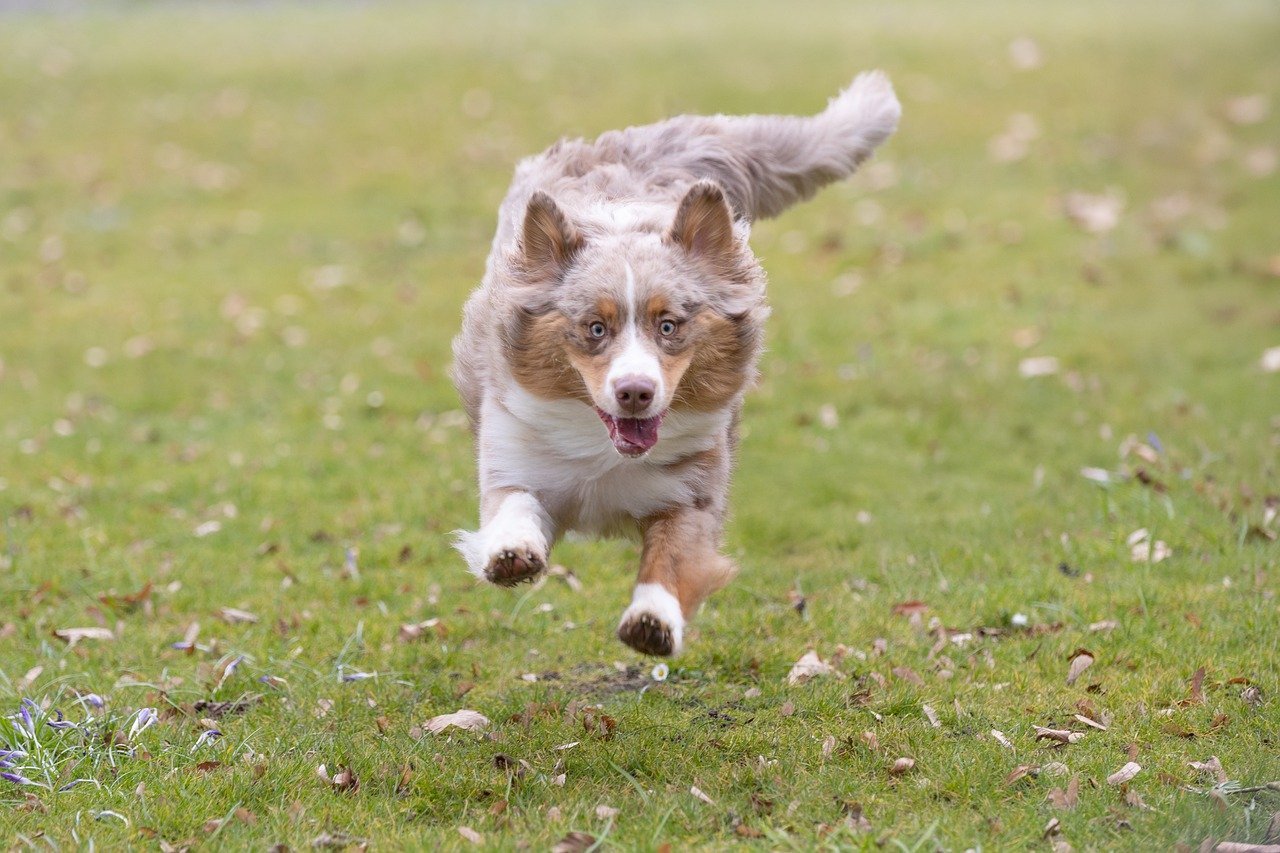
Have you ever noticed how a curious dog just can’t sit still? Curiosity doesn’t let them nap away the day. Instead, it nudges them off the sofa and into action. A dog’s urge to discover new things pulls them into longer walks, energetic play sessions, and exciting games of fetch. When dogs are curious, they want to explore every nook and cranny, which means more steps for those little paws. This natural drive for discovery often leads to more physical activity than any scheduled workout plan. It’s like having a built-in personal trainer that runs on wonder instead of a whistle.
Mental Stimulation Through Exploration
Physical movement is just half the story. Dogs’ brains need exercise too, and curiosity is the perfect workout. Every time your dog investigates a new scent trail or solves the mystery of a squeaky toy, their brain lights up with activity. This mental stimulation is crucial for their well-being. Without it, dogs can become bored and even anxious. Exploring new environments or learning new tricks challenges their minds, keeps them sharp, and can slow cognitive decline as they age. Think of curiosity as their mental gym, giving their brains the same healthy workout as a romp in the park gives their bodies.
Building Social Skills with Curiosity
Curiosity doesn’t just lead dogs to new places; it leads them to new friends. A dog’s interest in other animals and people is the starting point for social interactions. When your pup approaches another dog at the park, it’s curiosity in action—sniffing, circling, and those awkward first greetings. These encounters, driven by curiosity, help dogs learn the subtle rules of canine etiquette. Over time, these social adventures can turn a shy dog into a confident one, making walks and playdates more enjoyable for everyone. Curious dogs tend to be more open to new experiences, reducing fear and building trust in unfamiliar situations.
Preventing Boredom and Destructive Behaviors
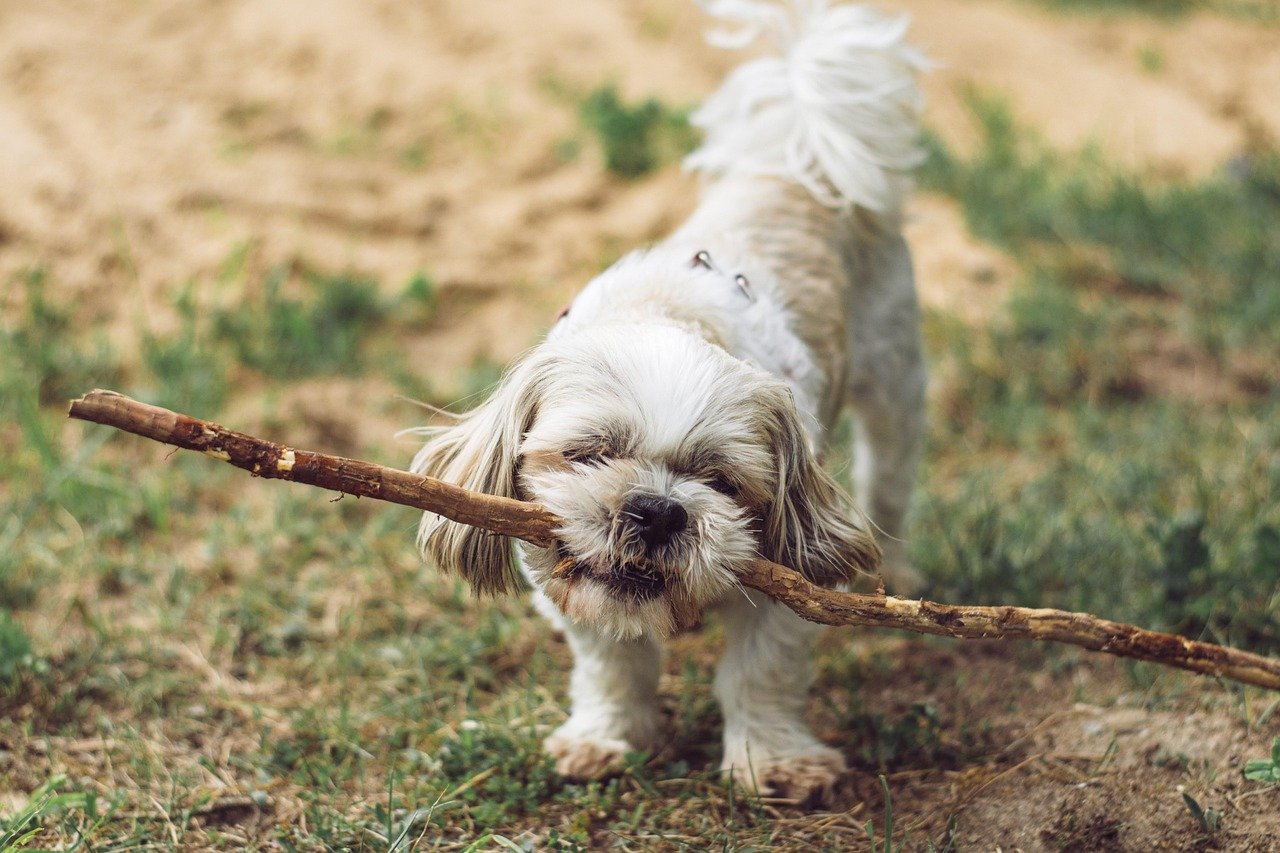
Boredom is a dog’s worst enemy. When curiosity isn’t satisfied, trouble often follows. Chewed shoes, dug-up gardens, and shredded pillows are all signs of a dog trying to create their own adventure. By feeding their curiosity with regular outings, puzzle toys, and interactive games, you can channel their energy into positive activities. Engaged, curious dogs are far less likely to turn to destructive behaviors. It’s all about giving them outlets for that restless energy—the more curious your dog is, the more opportunities you have to keep them happily occupied.
Strengthening the Human-Dog Bond

Have you ever set out on a walk, only for your dog to lead you on a wild detour through bushes or down new streets? These moments, sparked by their curiosity, are more than just daily routines—they’re shared adventures. When you let your dog’s curiosity guide the way, you show them trust and understanding. Exploring together strengthens your bond, creating memories and building mutual respect. You become partners in discovery, and that feeling of togetherness can make even an ordinary walk feel like an expedition. The more you nurture their curiosity, the deeper your connection grows.
Encouraging Safe Exploration
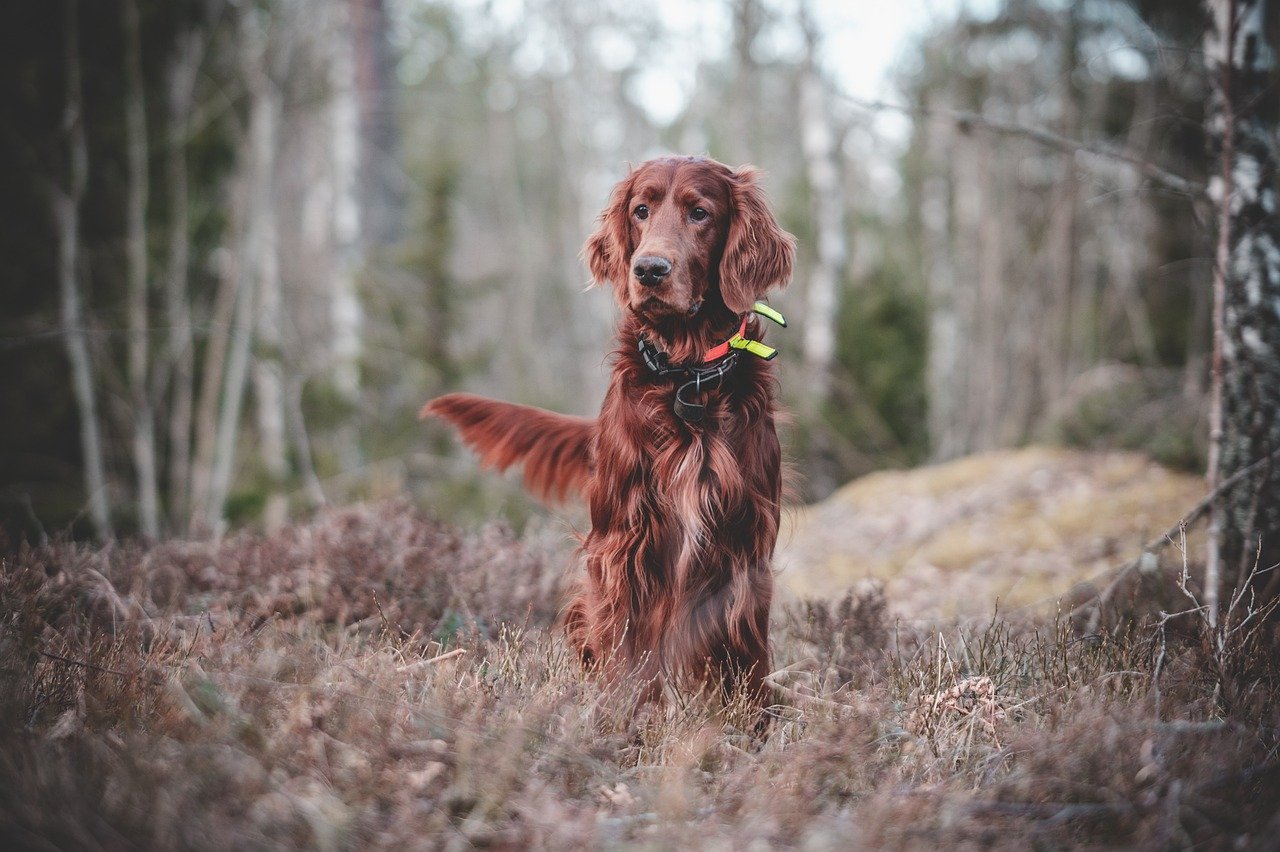
While curiosity is wonderful, it sometimes needs boundaries. Dogs don’t always know what’s safe and what’s not. Open gates, busy roads, or tempting trash cans can turn curiosity into danger. As a responsible dog owner, it’s important to channel their sense of adventure safely. Use sturdy leashes, supervise play in unfamiliar areas, and teach recall commands. You can encourage exploration in safe spaces like dog parks or fenced yards. Puzzle toys and scent games at home also satisfy their urge to investigate without the risks. Keeping curiosity fun and safe is the key to a happy, healthy dog.
Curiosity and Aging Dogs
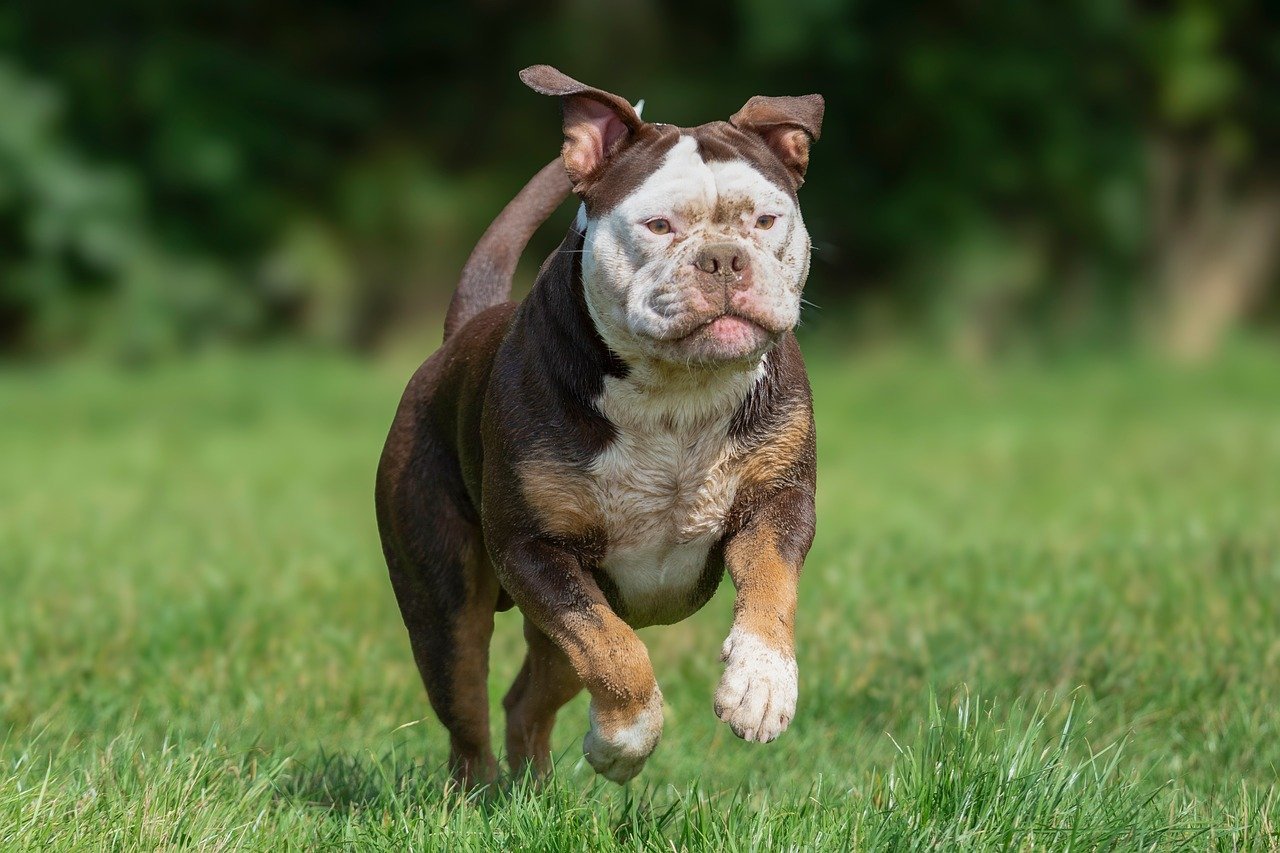
Just because a dog is getting older doesn’t mean their curiosity fades away. In fact, encouraging exploration and engagement is even more important for senior dogs. A curious mind keeps them active, alert, and happier in their golden years. Gentle walks in new settings, new toys, and even teaching simple tricks can spark their interest and keep their spirits high. Like people, dogs benefit from staying mentally and physically active as they age. Keeping their curiosity alive can add not just years to their life, but life to their years.
How Owners Can Foster Curiosity
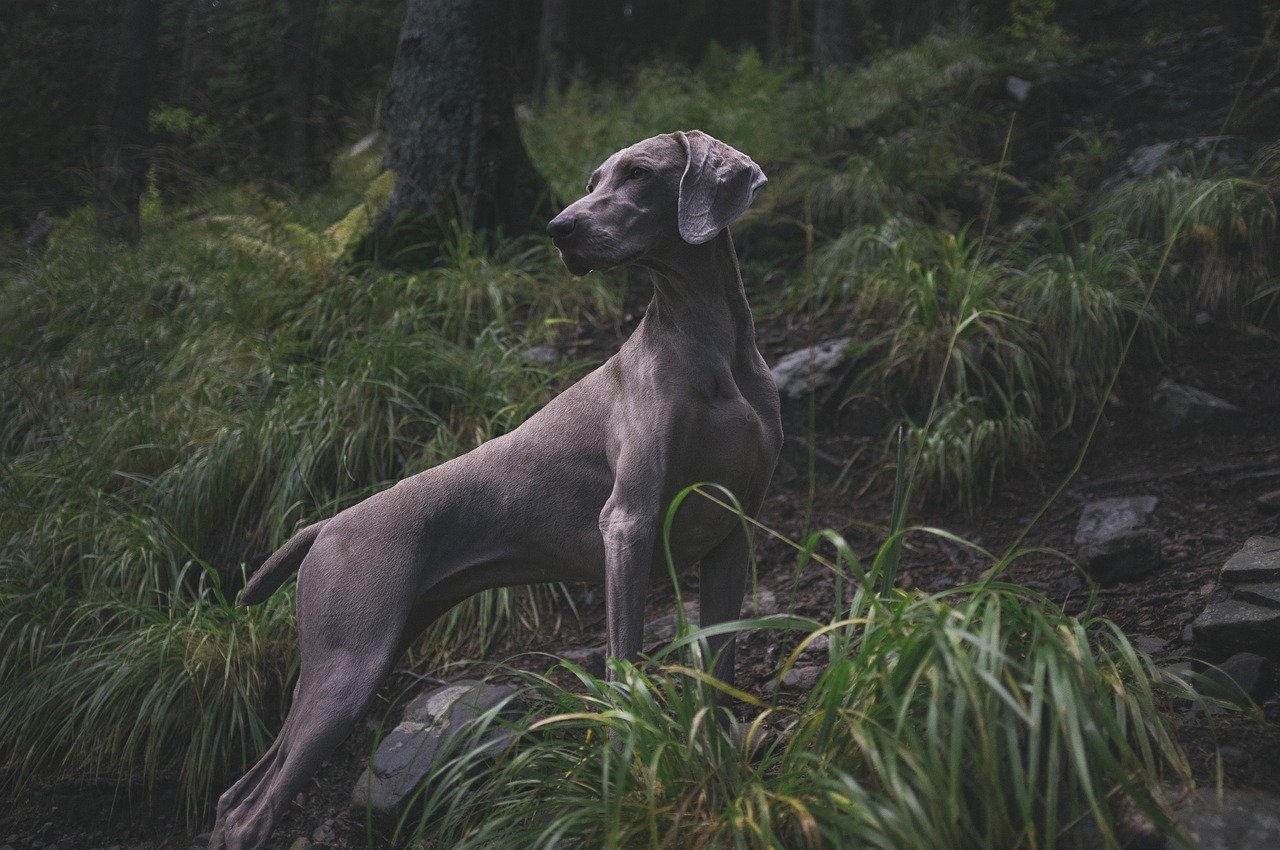
The great thing about curiosity is that you can help it grow. Mix up your walking routes, introduce new toys, or set up mini obstacle courses in your backyard. Hide treats around the house to turn snack time into a treasure hunt. Invite your dog to meet other friendly pets or people, and watch as they blossom with each new experience. By encouraging your dog to explore safely, you turn every day into an adventure. Your own enthusiasm can be contagious—if you’re excited to discover new things, your dog will be too.
The Joy of Living with a Curious Dog
There’s something magical about sharing your life with a dog who sees the world as a place full of wonders. Their curiosity is a daily reminder to look for joy in the small things: a rustling leaf, a new path, or the simple thrill of a game. Living with a curious dog means never having a dull moment. Their spirit inspires us to stay active, keep learning, and approach life with open eyes and an eager heart. Every day is a new adventure, and with a curious dog by your side, you’ll never stop exploring.

Esther is from India; the heartbeat of South Asia, holding a Master’s degree in Zoology and a postgraduate diploma in Animal Welfare. Her enthusiasm for animal welfare drives her passion and dedication to working for animals, ensuring their well-being, and advocating for their rights. With a solid academic background and hands-on experience, she is committed to making a positive impact in the field of animal welfare. In her free time, she enjoys embroidery and sewing. As a Chennaite from Tamil Nadu, Esther loves Bharathanatyam, an Indian classical dance form.






